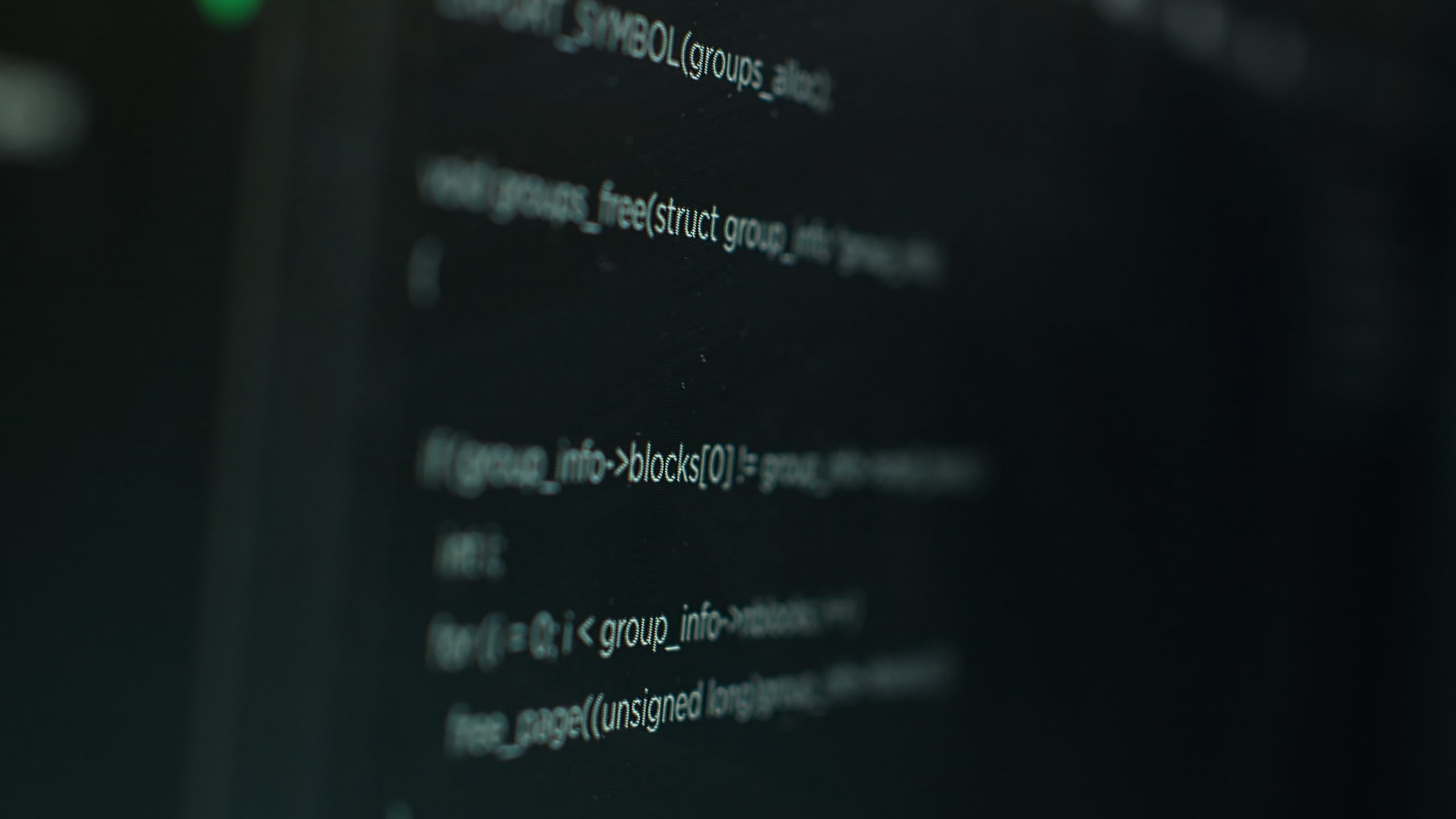The software development lifecycle (SDLC) is a structured process that guides development teams in creating excellent-quality software successfully and cost-effectively.
Enhance
Database
Efficiency
Enhance Database Efficiency
Link Copied
- March 15, 2024
When software services don’t meet their performance targets, they face a problem called a performance bottleneck in databases. These bottlenecks can be caused by various factors, like limited hardware, software issues, or poor-quality code. Finding and solving these problems involves carefully looking at what’s affecting the system’s performance to identify the root causes.
Common performance bottlenecks in databases and how to fix them
Using a database in a server-side application can lead to various performance issues. These problems may differ based on the application, the type of database used, and the infrastructure. However, some typical performance bottlenecks include:
1. Database queries and indexing:
Inefficient or poorly optimized database queries can cause slow performance. It’s essential to create and maintain appropriate indexes on database tables to enhance query efficiency.
Solution:
Improve SQL query optimization: Evaluate and refine your SQL queries to simplify them and boost their efficiency.
Implement suitable indexing:
Make sure to add indexes to columns commonly used in WHERE clauses to accelerate data retrieval.
Remove unnecessary indexes: Avoid creating excessive indexes, as they can slow down data manipulation operations like insertion, deletion, and modification.
2. Slow Disk I/O
Slow disk I/O operations can hamper database performance. Ensure the database server uses fast storage and minimize disk contention to reduce delays in data read and write operations.
Solution:
Upgrade to fast storage: Utilize Solid State Drives (SSD) for your database server to notably enhance I/O performance.
Implement RAID for redundancy and performance, or opt for SAN or NAS solutions when needed.
Consider revising functional and non-functional requirements: Reviewing these aspects can improve database design, streamline operations, establish performance targets, and ensure system scalability, reliability, and security. This approach effectively addresses slow disk I/O problems.
3. Network latency
The response time between the application and database servers can be affected by network latency. It’s crucial to minimize network round trips, and techniques such as connection pooling can help alleviate latency issues.
Solution:
Minimize round trips: Decrease the network round trips by grouping database queries together and employing stored procedures.
Optimize network configuration: Confirm that the network linking your application server and database server is swift and exhibits minimal latency.
4. Locking and concurrency
Contending for locks can arise when multiple users or processes concurrently access the same data, causing performance problems. Effective database transactions and locking strategies are crucial for managing concurrent access.

Solution:
Select appropriate isolation levels: Opt for the transaction isolation level that strikes a balance between consistency and concurrency. Employ row-level locking or optimistic locking methods to mitigate contention.
5. Scaling and load balancing among performance bottlenecks in databases
To address the challenge of scaling the database as the application grows, implementing techniques such as sharding or horizontal partitioning, along with setting up load balancing, can be beneficial.
Solution:
Implement horizontal scaling: Divide the database into shards to efficiently distribute the workload. Utilize load balancers: Employ load balancers to evenly distribute incoming requests among multiple database servers.
6. Resource contention
To mitigate resource contention issues caused by databases consuming substantial server resources like CPU and memory, consider the following solutions:
Solution:
Allocate dedicated resources: Host your database server on a dedicated server or instance to minimize resource contention with other applications or services. Adjust resource allocation dynamically: Monitor the workload demands and adjust resource allocation accordingly to ensure optimal performance.
7. Inefficient Data Models
To address inefficient queries caused by poorly designed data models, follow these solutions:
Solution:
Review and normalize data models: Ensure that your data models are properly structured and designed for efficiency. Avoid over-normalization: Strike a balance between normalization and denormalization to optimize performance, avoiding unnecessary complexity.
8. Unoptimized data retrieval
Fetching more data than needed or running complex aggregations and calculations in the database can slow down query performance. Optimize the queries to retrieve only the necessary data and remove one of the essential performance bottlenecks in databases.
Solution:
Retrieve only necessary data. Optimize queries to select only the columns and rows you need.
Use appropriate data retrieval methods, such as pagination for large result sets.
9. Denormalization
While normalization is a standard practice to avoid data redundancy, over-normalization can lead to complex joins and slower queries. Some level of denormalization might be necessary for performance.
Solution:
Carefully denormalize. When necessary, selectively denormalize data to reduce the need for complex joins but maintain data consistency.
10. Inadequate caching
A lack of proper caching mechanisms can result in frequent database queries, increasing load and response times. Caching strategies, like using in-memory caches, can help alleviate this issue.
Solution:
Implement caching. Utilize caching mechanisms to store frequently accessed data in memory and reduce database queries.
Consider using caching solutions like Redis or Memcached.
11. Security and authentication
Implementing robust security measures, including authentication and authorization checks, can introduce overhead. It’s crucial to strike a balance between security and performance.

Solution:
Implement efficient authentication. Ensure that your authentication and authorization checks are performed efficiently.
Use appropriate security protocols and techniques without introducing excessive overhead.
12. Long transactions
Long-running transactions can lead to locks and contention issues. Minimize the duration of transactions and consider breaking them into smaller, more manageable units.
Solution:
Split transactions. Break long-running transactions into smaller, more manageable units to reduce lock contention.
Consider using techniques like two-phase commit for distributed transactions.
13. Inadequate Monitoring and Tuning
Identifying and resolving performance bottlenecks in databases can be challenging without proper monitoring and performance tuning. Regularly monitor database performance and apply optimization techniques.
Solution:
Use monitoring tools. Implement monitoring and profiling tools to continuously track database performance.
Review and adjust configuration settings, query plans, and indexes based on performance data.
14. Database Maintenance
Regular database maintenance tasks like index rebuilds, vacuuming, and data purging are essential for maintaining performance over time.
Solution:
Schedule regular maintenance tasks. To minimize disruption, run database maintenance tasks such as index rebuilds, vacuuming, and data purging during off-peak hours.
15. Hardware limitations
The underlying hardware of the database server can be a bottleneck if it lacks the necessary resources to handle the workload. Ensure the server has sufficient CPU, RAM, and storage resources.
Solution:
Upgrade hardware. If your hardware is a bottleneck, consider upgrading the database server’s CPU, RAM, or storage to meet the application’s needs.
Conclusion
Dealing with performance issues in a server-side application connected to a database demands a comprehensive approach. While the strategies mentioned earlier are crucial, it’s vital to recognize that optimizing performance is a continuous endeavor.
Related Articles
Understanding SDLC Phases And Common Challenges in 2024
The software development lifecycle (SDLC) is a structured process that guides development teams in creating excellent-quality software successfully and cost-effectively.
Assess IT Service
When seeking a new IT service provider, it's crucial to consider evaluation criteria to find the right match.



